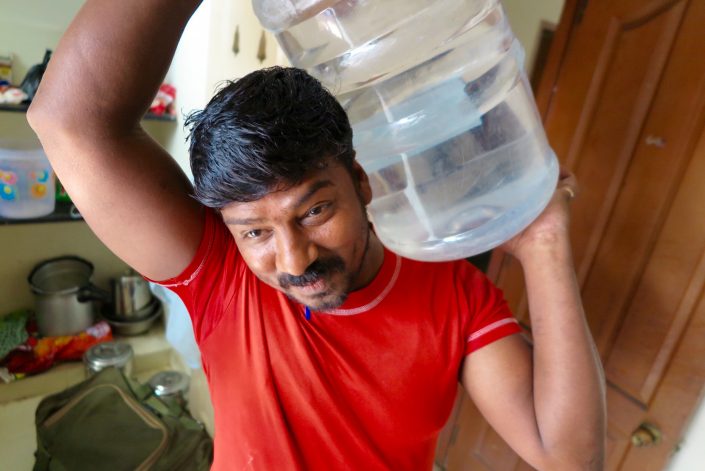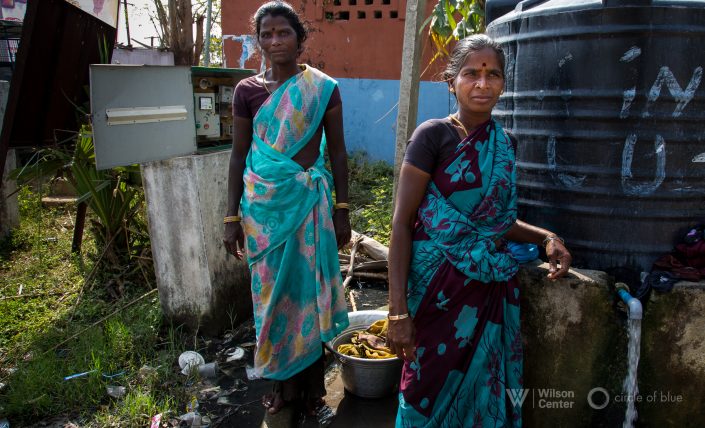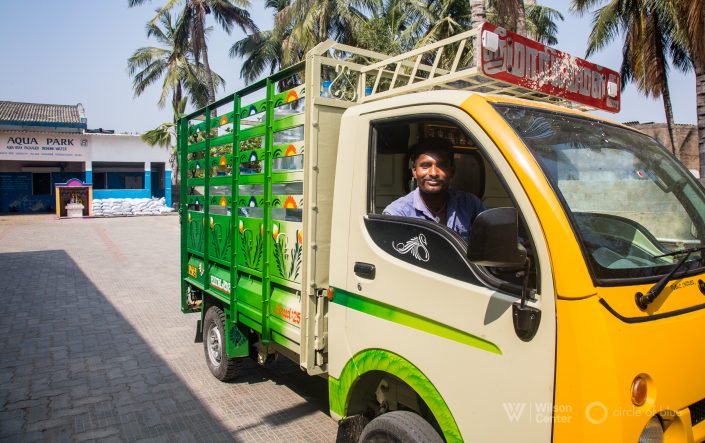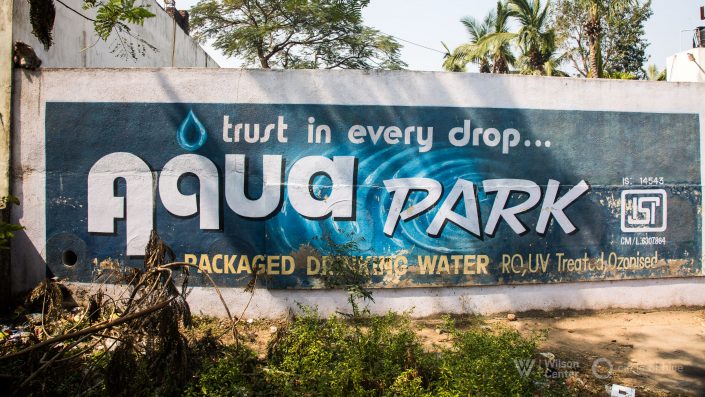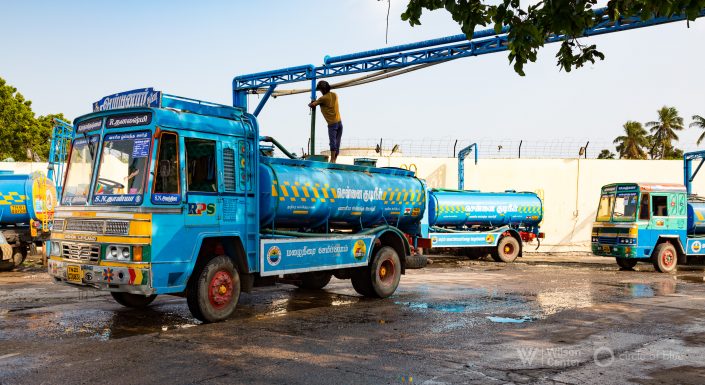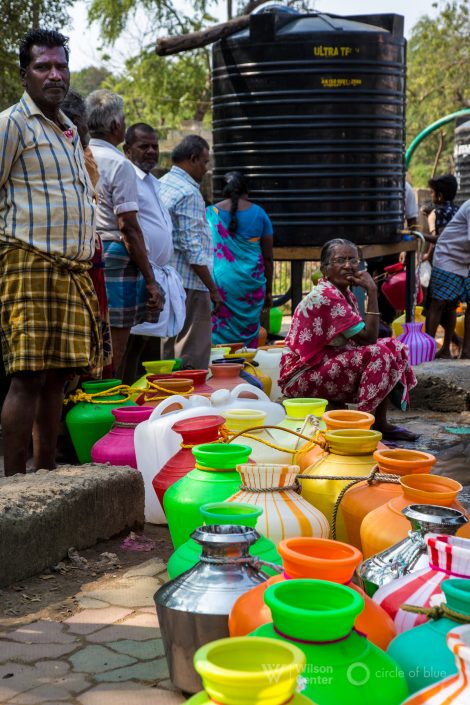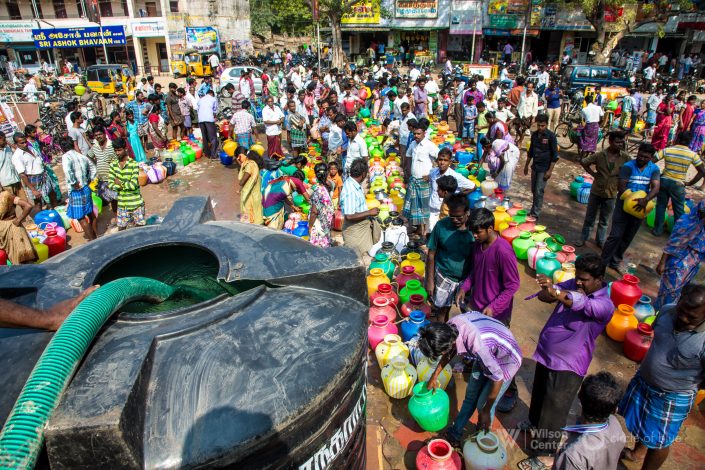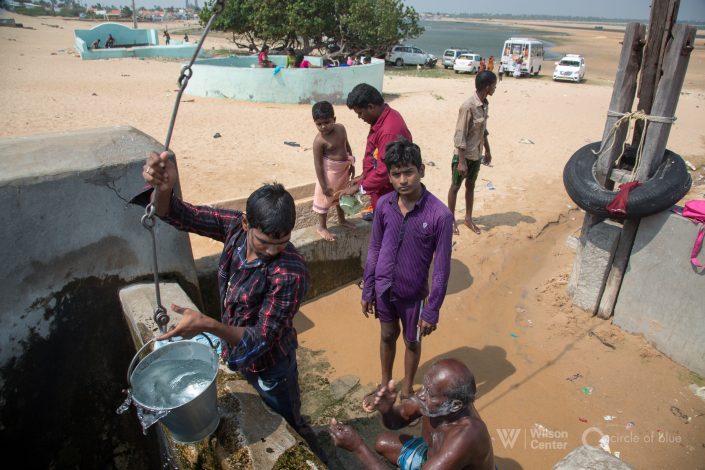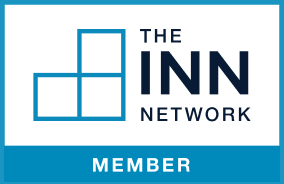 https://www.circleofblue.org/wp-content/uploads/2018/11/2017-01-India-Tamil-Nadu-DMalhotra_C4A7610-2500.jpg
1600
2400
Keith Schneider
https://www.circleofblue.org/wp-content/uploads/2018/06/Circle-of-Blue-Water-Speaks-600x139.png
Keith Schneider2018-07-03 15:03:082019-06-24 15:35:12Chennai’s Security Tied to Cleaning Up Its Water
https://www.circleofblue.org/wp-content/uploads/2018/11/2017-01-India-Tamil-Nadu-DMalhotra_C4A7610-2500.jpg
1600
2400
Keith Schneider
https://www.circleofblue.org/wp-content/uploads/2018/06/Circle-of-Blue-Water-Speaks-600x139.png
Keith Schneider2018-07-03 15:03:082019-06-24 15:35:12Chennai’s Security Tied to Cleaning Up Its WaterIn City Prone to Drought, Chennai’s Water Packagers Rush In
Millions of residents rely on immense bottled water sector.
By Keith Schneider, Circle of Blue – May 12, 2017
CHENNAI, India – Before he delivered bottled water to this city’s thirsty homes and businesses, T. Rajan tried all manner of entrepreneurial enterprises. He sold scrap paper and cardboard to recyclers. He built a street corner chai and cigarette cart, and repaired truck and bus tires. He started an office cleaning service for high-tech companies in Chennai’s growing IT sector south of the city center.
None of these micro-enterprises delivered financial returns and workday flexibility comparable to being a middleman selling clear, sky blue, 20-liter water “cans” (bottles) in Chennai’s immense packaged water industry. The 32-year-old business owner, stocky and muscled, fits the enterprise. Every day, Rajan explained through an interpreter, he and a partner purchase some 200, 20-liter water cans from one of the metropolitan region’s independent water bottlers.
Rajan buys the cans for 20 rupees each, about US 30 cents. He sells them for 35 to 45 rupees each (US 52 to US 68 cents). He loads 50 to 60 cans at a time on his diesel delivery truck, which is smaller than a compact American pickup. Operating the business for five years, Rajan has attracted steady customers – homeowners, hotel and office managers, and shopkeepers – and developed about 15 routes in the city.
The profit for each can averages 20 rupees in a competitive market. That amounts to a daily profit of roughly 4,000 to 4,500 rupees ($US 60 to $US 68). Splitting the revenue two ways and setting aside money to cover vehicle maintenance and fuel expenses, Rajan nets 12,000 rupees a week ($US 180). Though modest by western standards, 12,000 rupees is a robust income for a mid-level business manager in Tamil Nadu’s capital city.
“It is good for me right now,” said Rajan, who is 32-years-old and has a wife and baby daughter. “I’m young. I can carry the cans. We sell good water. Our customers trust it.“
Water Bottling Not A Moral Issue in India
Over the last decade, even as water scarcity grips much of the world, it’s become commonplace in the developed world to criticize bottled water as an unnecessary extravagance and a solid waste blight. The United Nations, which asserts that access to clean water is a basic human right, also has critiqued the role water bottling companies play in privatizing a public resource in short supply.
In Chennai, and other major cities in Tamil Nadu, bottling and privatization are issues of ethical concern. But they principally orbit the production of American-branded soft drinks, especially Coca-Cola and Pepsi. We’ll explore more about the cola wars and water privatization in a later Choke Point: Tamil Nadu report.
When it comes to drinking water, though, the public conversation is urgent, substantive, and different. This fast-growing Bay of Bengal coastal city is now prone to serious and frequent drinking water disruptions from drought, floods, and electricity blackouts. The morality and ethics of water bottling are overwhelmed by more immediate torments — supply shortages, prices, and the effects of indiscriminate pumping of the region’s vulnerable groundwater reserves. Chennai is a graphic example of how a big developing city copes when escalating demographic trends intersect ruinous, climate-related ecological conditions. Residents of Chennai, in other words, do not take water for granted. Ever.
“Is it okay to have lots of bottled water in a place where safe and affordable tap water isn’t available to all?” asked Peter Gleick, founder and chief scientist at the Pacific Institute, Circle of Blue’s affiliate, and author of Bottled and Sold: The Story Behind Our Obsession with Bottled Water. “This is a mixed bag. Without a doubt, private water suppliers, including bottlers, rush to fill a demand for safe water when governments fail to do so. But this still leaves the poorest without access, or having to spend too high a fraction of their income to have access to safe water.”
“Another downside is the impact on nearby rural communities where private water suppliers tend to go to get water. This affects these often disadvantaged communities. It also affects local ecosystems.”
Chennai Expands Water Supply
With 8.5 million residents within its boundaries, and nearly 2 million more in the metropolitan region, Chennai is India’s fourth largest city and one of its fastest growing. Since 2000, the Chennai metro area has added an average of 265,000 residents a year, according to national census figures. The central government, state, and the Chennai Metro Water Supply and Sewerage Board, the city’s water utility, have spent tens of billions of rupees to expand reservoir capacity, build canals to transport water from neighboring states, construct new water treatment plants, develop well fields in rural areas to fill tanker trucks, build two big drinking water desalination plants, pay for a third, and plan for a fourth.
The accumulated result is that in wet years Chennai’s water utility is capable of supplying about 1.3 million cubic meters of water a day (343 million gallons) to residents and businesses, almost double what it provided in 2005. Still, it is not nearly enough, even in a region with low rates of per capita water consumption. In many parts of Chennai, municipal water is shipped by trucks and supplied to households from big plastic tanks. In other sections of the city, water flows from home taps just a few hours a day.
With comparable population, New York City’s water utility supplies 4.3 million cubic meters of water a day (1.2 billion gallons) to 8 million customers in the five boroughs and 1 million more in four upstate counties.
Producing similarly large increases in water supplies for Chennai over the next decade will be even harder. The reason is that Chennai’s hydrological patterns are unstable and dangerous. In just the last 15 months the city has been drowned in a flood, battered by a cyclone, and dried up by the worst drought in 140 years.
Every meteorological assault – and they’ve become more numerous over the past 15 years – is accompanied by severe disruptions in municipal drinking water deliveries. Storms and floods knock out electrical power for pumps and inundate reservoirs and treatment plants with raw sewage.
In drought years, Chennai’s water supply sinks to alarmingly low levels. In an interview, K. Phanindra, the Tamil state government’s principal secretary for water, said more than a year of deep drought in 2016 and the first months of 2017 had dropped Chennai’s daily water deliveries to under 500,000 cubic meters per day. Reservoirs contain less than 20 percent of their capacity. Groundwater levels are receding, in some places by nearly 20 feet a year. “If we can get rain, we’ll be okay,” said Phanindra. “Right now it’s a very difficult situation.”
Water Bottlers Serve Big Demand
Chennai’s drinking water shortages, which have become endemic, open a supply breach that the city’s water bottlers rush to fill. Chennai’s bottlers also respond to a second public anxiety – the quality of municipal water. City residents prefer bottled water because they don’t trust that piped water is safe. “You get sick if you drink it,” said Rajiv, who spends 105 rupees a day for three cans of water to serve his customers at his Krish Serviced Apartments, a downtown hotel. “City water pipes mix with sewage pipes. The water looks bad. It tastes bad. Canned water is much better. Everybody uses canned water.”
With supply and safety driving the market, Chennai’s water bottling industry is said by authorities in India to be among the world’s largest, though it is not at all clear just how big it is. Three years ago, The Hindu, Chennai’s major newspaper, reported that 4,000 bottling companies operated in the state. The Tamil Nadu Packaged Drinking Water Association, the industry’s principal trade group, counts 1,200 members, perhaps a third of which operate in Chennai.
According to estimates by distributors and bottlers interviewed for this report, 10,000 people may be employed by 400 to 600 bottling companies that market over 100 brands in Chennai and the metropolitan region. As many as 15,000 people deliver 20 million liters of canned water daily. Thousands more drive tanker trucks that supply water to bottlers. Other facets of the industry are the suppliers and recyclers of all those water cans. Taken as a whole, Chennai’s water bottling sector could have revenues in excess of $US 180 million annually.
The money may be good but producing and selling bottled water in Chennai is a challenge. Though bottlers are required to adhere to government rules for purity and filtration, periodic inspections have hurt the industry because they reveal episodic instances of heavy metal and chemical contamination. In 2013, the National Green Tribunal, India’s high court for hearing environmental cases, identified over 800 bottlers in Tamil Nadu that were operating without required state permits.
Farms Supply Water
Not far away, in another segment of the bottling industry, 33-year-old Mahendran, a farmer, explains that a sizable share of his family’s income comes from selling well water from an informal depot they established on the farm. As many as 20 water trucks have filled their 12,000-liter tanks in a single day, he said. More routinely it’s 10 or fewer.
The farm charges 40 rupees per tanker (less than one US dollar). One of Mahendran’s brothers owns a tanker truck and can earn 1,500 rupees ($US 22.50) for every delivery to a bottling plant. “During a time like now. It’s very dry,” said Mahendran, through an interpreter. “We have water. So we can make money.”
Within the city’s boundaries much larger companies sit at the helm of the bottled water industry. One of them is TEAM, which produces 5,000 20-liter bottles of water daily under its brand of the same name.. That’s enough to make TEAM Chennai’s third largest marketer of bottled water, said V.M. Srinivasan, the company’s chief executive. “It’s not a big part of our overall business,” he said in an interview. “But it’s been a good part of the business.”
T. Rajan and his partner operate in the most visible sector of Chennai’s bottling industry: the water delivery teams. Their little water truck, packed with 20-liter plastic bottles, is part of the battalion of service vehicles that form a hefty portion of the city’s daytime traffic. Men hauling water on their shoulders block stairwells and cram into elevators all over Chennai. Rajan is well-known in the neighborhoods he serves. When drought or floods or storms batter the city, he is counted on to do his job. “We sell what people need,” he said. “All the time.”
Not An Easy Business
Another realm of periodic conflict is in rural farm areas outside Chennai where thousands of wells are a primary source of water for bottlers. Pumping groundwater, especially during droughts, has prompted profound changes in the rural economy.
In some instances, over-pumping has stirred farmers to riot, as groundwater levels for irrigation decline. In many other instances, farmers curtail agricultural operations in favor of selling well water to tanker truck drivers who transport their 12,000-liter loads to bottlers.
In 2014, the shift in the farm economy, groundwater depletion, and social tumult prompted Tamil Nadu to approve a statute requiring landowners to register their wells as a means of overseeing groundwater withdrawals. The law hasn’t worked well.
Farmers said in interviews that the statute is often ignored. Groundwater levels are dropping quickly, and wells are being drilled steadily deeper across much of the metropolitan region. The weakness in enforcing the law has contributed to Chennai’s serious groundwater depletion and contamination.
Tamil Nadu divides its groundwater reserves into 382 blocks. Water withdrawals exceed the recharge levels in more than half of those blocks and are deemed by the state to be critically overexploited. The State Ground and Surface Water Resources Data Center has consistently found that the Chennai metropolitan region has some of India’s most severe rates of groundwater depletion. Moreover, water wells in the Chennai region are contaminated with unsafe levels of heavy metals, nitrates, and other toxic substances, according to reports by the Central Groundwater Board.
All of these details of risk and safety are well-recognized by water bottlers and customers. As T. Rajan, the Chennai middleman, noted in an interview, one of the industry’s central principles is marketing trust. “People buy our water because they know it is good water,” he said.
That principle is in full view in Mamandun, a farming village, where Aqua Park pumps clean water from two wells for use in an immaculate bottling plant south of Chennai. The company employs 15 on-site staff, including a microbiologist and a chemist to ensure the plant and its product pass inspections by city and state food safety agencies. Devi Vasudevan, the young woman who manages the plant, said the bottling operations started in 1998 and have grown to fit the needs of a suburban market south of the city. Aqua Park’s 20 drivers transport 2,000, 20-liter cans of water daily to businesses and homeowners, she said. Annual revenue exceeds 20 million rupees ($US 300,000).
More Choke Point: Tamil Nadu
 https://www.circleofblue.org/wp-content/uploads/2018/11/2017-01-India-Tamil-Nadu-DMalhotra_C4A7610-2500.jpg
1600
2400
Keith Schneider
https://www.circleofblue.org/wp-content/uploads/2018/06/Circle-of-Blue-Water-Speaks-600x139.png
Keith Schneider2018-07-03 15:03:082019-06-24 15:35:12Chennai’s Security Tied to Cleaning Up Its Water
https://www.circleofblue.org/wp-content/uploads/2018/11/2017-01-India-Tamil-Nadu-DMalhotra_C4A7610-2500.jpg
1600
2400
Keith Schneider
https://www.circleofblue.org/wp-content/uploads/2018/06/Circle-of-Blue-Water-Speaks-600x139.png
Keith Schneider2018-07-03 15:03:082019-06-24 15:35:12Chennai’s Security Tied to Cleaning Up Its Water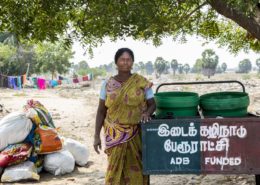 https://www.circleofblue.org/wp-content/uploads/2017/05/2015-02_C4A4885-DMalhotra-2500-e1498222900407.jpg
1090
2042
Keith Schneider
https://www.circleofblue.org/wp-content/uploads/2018/06/Circle-of-Blue-Water-Speaks-600x139.png
Keith Schneider2017-06-23 08:52:432018-11-29 14:59:30This is Tamil Nadu
https://www.circleofblue.org/wp-content/uploads/2017/05/2015-02_C4A4885-DMalhotra-2500-e1498222900407.jpg
1090
2042
Keith Schneider
https://www.circleofblue.org/wp-content/uploads/2018/06/Circle-of-Blue-Water-Speaks-600x139.png
Keith Schneider2017-06-23 08:52:432018-11-29 14:59:30This is Tamil Nadu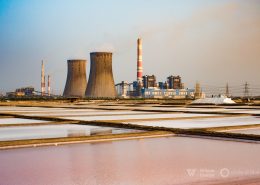 https://www.circleofblue.org/wp-content/uploads/2017/06/2017-01-India-Tamil-Nadu-DMalhotra_C4A5938-2500.jpg
1366
2048
Keith Schneider
https://www.circleofblue.org/wp-content/uploads/2018/06/Circle-of-Blue-Water-Speaks-600x139.png
Keith Schneider2017-06-14 06:42:312017-08-22 12:19:45Mindful of Water Scarcity, Cost, and Pollution, Tamil Nadu Turns to Sun and Wind Power
https://www.circleofblue.org/wp-content/uploads/2017/06/2017-01-India-Tamil-Nadu-DMalhotra_C4A5938-2500.jpg
1366
2048
Keith Schneider
https://www.circleofblue.org/wp-content/uploads/2018/06/Circle-of-Blue-Water-Speaks-600x139.png
Keith Schneider2017-06-14 06:42:312017-08-22 12:19:45Mindful of Water Scarcity, Cost, and Pollution, Tamil Nadu Turns to Sun and Wind Power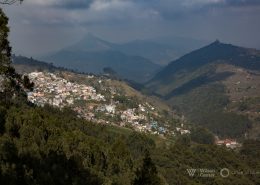 https://www.circleofblue.org/wp-content/uploads/2017/06/2017-01-India-Tamil-Nadu-DMalhotra_C4A6606-2500.jpg
1667
2500
Keith Schneider
https://www.circleofblue.org/wp-content/uploads/2018/06/Circle-of-Blue-Water-Speaks-600x139.png
Keith Schneider2017-06-06 15:56:442018-12-04 13:51:22India’s Toxic Trail of Tears
https://www.circleofblue.org/wp-content/uploads/2017/06/2017-01-India-Tamil-Nadu-DMalhotra_C4A6606-2500.jpg
1667
2500
Keith Schneider
https://www.circleofblue.org/wp-content/uploads/2018/06/Circle-of-Blue-Water-Speaks-600x139.png
Keith Schneider2017-06-06 15:56:442018-12-04 13:51:22India’s Toxic Trail of Tears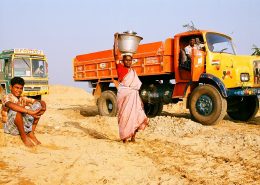 https://www.circleofblue.org/wp-content/uploads/2017/05/2017-01-India-KSchneider-51530028-logo-2500.jpg
1262
2048
Circle Blue
https://www.circleofblue.org/wp-content/uploads/2018/06/Circle-of-Blue-Water-Speaks-600x139.png
Circle Blue2017-05-31 12:34:282019-04-01 10:41:31Pursuing Riches, Miners Plunder Tamil Nadu’s River Sand
https://www.circleofblue.org/wp-content/uploads/2017/05/2017-01-India-KSchneider-51530028-logo-2500.jpg
1262
2048
Circle Blue
https://www.circleofblue.org/wp-content/uploads/2018/06/Circle-of-Blue-Water-Speaks-600x139.png
Circle Blue2017-05-31 12:34:282019-04-01 10:41:31Pursuing Riches, Miners Plunder Tamil Nadu’s River Sand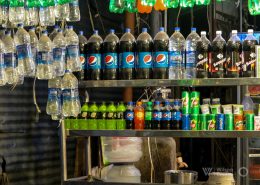 https://www.circleofblue.org/wp-content/uploads/2017/05/2017-01-India-bottled-water-KSchneider-IMG_6676-logo-2500.jpg
1180
2048
Keith Schneider
https://www.circleofblue.org/wp-content/uploads/2018/06/Circle-of-Blue-Water-Speaks-600x139.png
Keith Schneider2017-05-24 13:12:552018-12-04 11:27:01The Right to Life and Water: Drought and Turmoil for Coke and Pepsi in Tamil Nadu
https://www.circleofblue.org/wp-content/uploads/2017/05/2017-01-India-bottled-water-KSchneider-IMG_6676-logo-2500.jpg
1180
2048
Keith Schneider
https://www.circleofblue.org/wp-content/uploads/2018/06/Circle-of-Blue-Water-Speaks-600x139.png
Keith Schneider2017-05-24 13:12:552018-12-04 11:27:01The Right to Life and Water: Drought and Turmoil for Coke and Pepsi in Tamil Nadu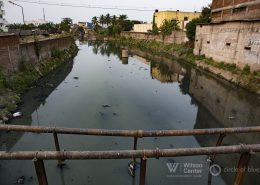 https://www.circleofblue.org/wp-content/uploads/2017/05/2015-02_C4A5036-DMalhotra-2500.jpg
1366
2048
Circle Blue
https://www.circleofblue.org/wp-content/uploads/2018/06/Circle-of-Blue-Water-Speaks-600x139.png
Circle Blue2017-05-03 13:07:132018-12-04 11:19:10Rampage of Water and Social Entrepreneurs Push Chennai to Consider New Growth Strategy
https://www.circleofblue.org/wp-content/uploads/2017/05/2015-02_C4A5036-DMalhotra-2500.jpg
1366
2048
Circle Blue
https://www.circleofblue.org/wp-content/uploads/2018/06/Circle-of-Blue-Water-Speaks-600x139.png
Circle Blue2017-05-03 13:07:132018-12-04 11:19:10Rampage of Water and Social Entrepreneurs Push Chennai to Consider New Growth Strategy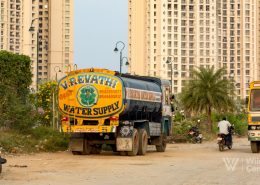 https://www.circleofblue.org/wp-content/uploads/2017/04/2017-01-India-Tamil-Nadu-DMalhotra_C4A7108-2500-e1493125279687.jpg
620
1600
Circle Blue
https://www.circleofblue.org/wp-content/uploads/2018/06/Circle-of-Blue-Water-Speaks-600x139.png
Circle Blue2017-04-25 07:07:522019-06-24 15:37:01A Torrent of Water and Concrete Imperil Chennai’s IT Boom
https://www.circleofblue.org/wp-content/uploads/2017/04/2017-01-India-Tamil-Nadu-DMalhotra_C4A7108-2500-e1493125279687.jpg
620
1600
Circle Blue
https://www.circleofblue.org/wp-content/uploads/2018/06/Circle-of-Blue-Water-Speaks-600x139.png
Circle Blue2017-04-25 07:07:522019-06-24 15:37:01A Torrent of Water and Concrete Imperil Chennai’s IT Boom https://www.circleofblue.org/wp-content/uploads/2017/04/2017-01-India-Tamil-Nadu-DMalhotra_C4A5709-2500-1.jpg
1667
2500
Keith Schneider
https://www.circleofblue.org/wp-content/uploads/2018/06/Circle-of-Blue-Water-Speaks-600x139.png
Keith Schneider2017-04-19 12:16:272018-12-03 15:03:56Water Scarcity Causes Cauvery Delta Anguish
https://www.circleofblue.org/wp-content/uploads/2017/04/2017-01-India-Tamil-Nadu-DMalhotra_C4A5709-2500-1.jpg
1667
2500
Keith Schneider
https://www.circleofblue.org/wp-content/uploads/2018/06/Circle-of-Blue-Water-Speaks-600x139.png
Keith Schneider2017-04-19 12:16:272018-12-03 15:03:56Water Scarcity Causes Cauvery Delta Anguish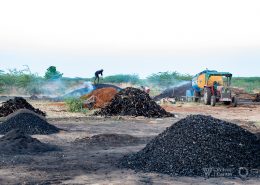 https://www.circleofblue.org/wp-content/uploads/2017/04/2017-01-India-Tamil-Nadu-DMalhotra_C4A5854-2500.jpg
1439
2500
Keith Schneider
https://www.circleofblue.org/wp-content/uploads/2018/06/Circle-of-Blue-Water-Speaks-600x139.png
Keith Schneider2017-04-11 08:41:062018-12-03 14:58:52Chased by Drought, Rising Costs, and Clean Technology, India Pivots on Coal-Fired Power
https://www.circleofblue.org/wp-content/uploads/2017/04/2017-01-India-Tamil-Nadu-DMalhotra_C4A5854-2500.jpg
1439
2500
Keith Schneider
https://www.circleofblue.org/wp-content/uploads/2018/06/Circle-of-Blue-Water-Speaks-600x139.png
Keith Schneider2017-04-11 08:41:062018-12-03 14:58:52Chased by Drought, Rising Costs, and Clean Technology, India Pivots on Coal-Fired PowerThe conflicting demand for water, food, and energy is one of the defining challenges of the 21st century. Global Choke Point, a collaboration between Circle of Blue and the Wilson Center, explores the peril and promise of this nexus with frontline reporting, data, and policy expertise. “Choke Point: Tamil Nadu” is supported by the U.S. Consulate General in Chennai. Jayshree Vencatesan of Care Earth Trust, Nityanand Jayaraman, and Amirtharaj Stephen provided expertise and invaluable guidance.
Sources: Bloomberg New Energy Finance, Central Electricity Authority (India), Circle of Blue, Community Environmental Monitoring, Enerdata, Frankfurt School of Finance and Management, Ministry of Coal (India), Public Finance Public Accountability Collective, The Times of India, U.S. Energy Information Administration, United Nations Environment Program.
Photo Credits: Used with permission courtesy of Dhruv Malhotra/Circle of Blue. Map and Graphics: Used with permission courtesy of Cody Pope/Circle of Blue.
Circle of Blue’s senior editor and chief correspondent based in Traverse City, Michigan. He has reported on the contest for energy, food, and water in the era of climate change from six continents. Contact
Keith Schneider
Related
© 2023 Circle of Blue – all rights reserved
Terms of Service | Privacy Policy

